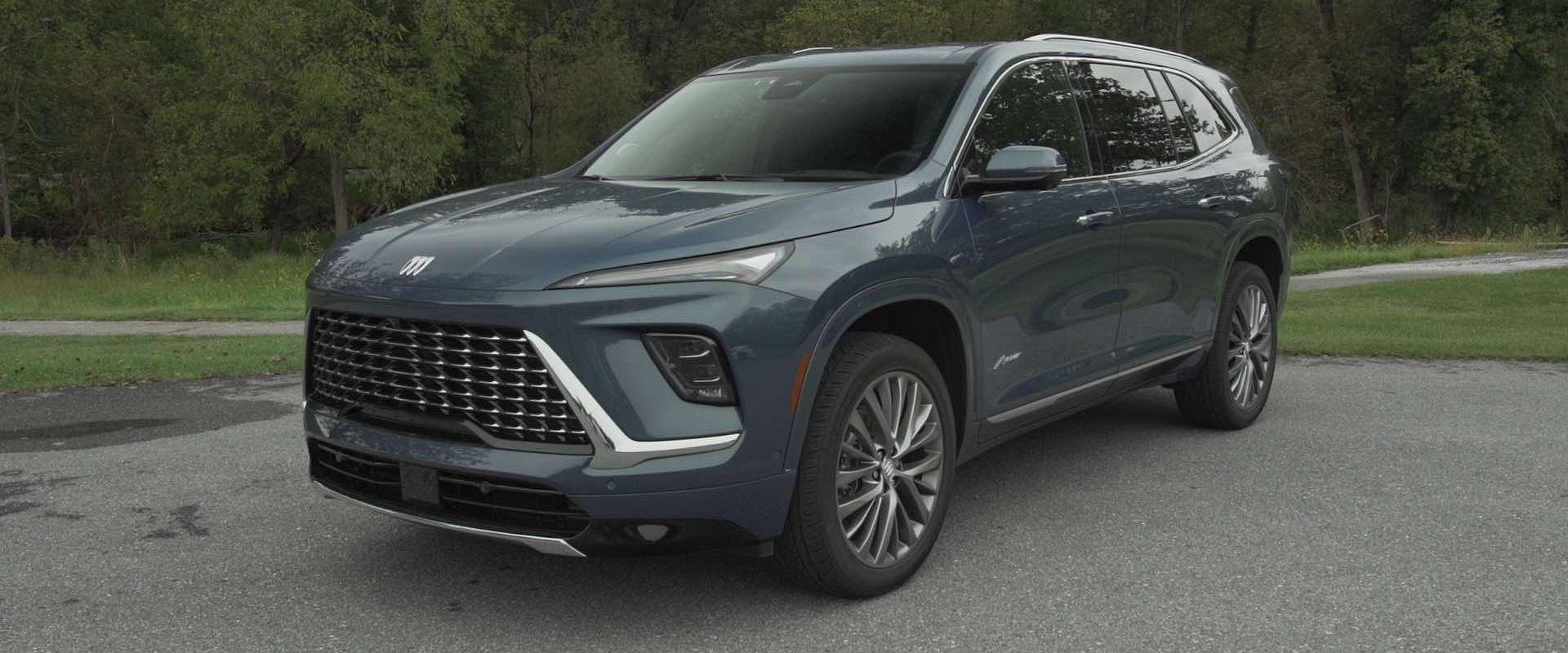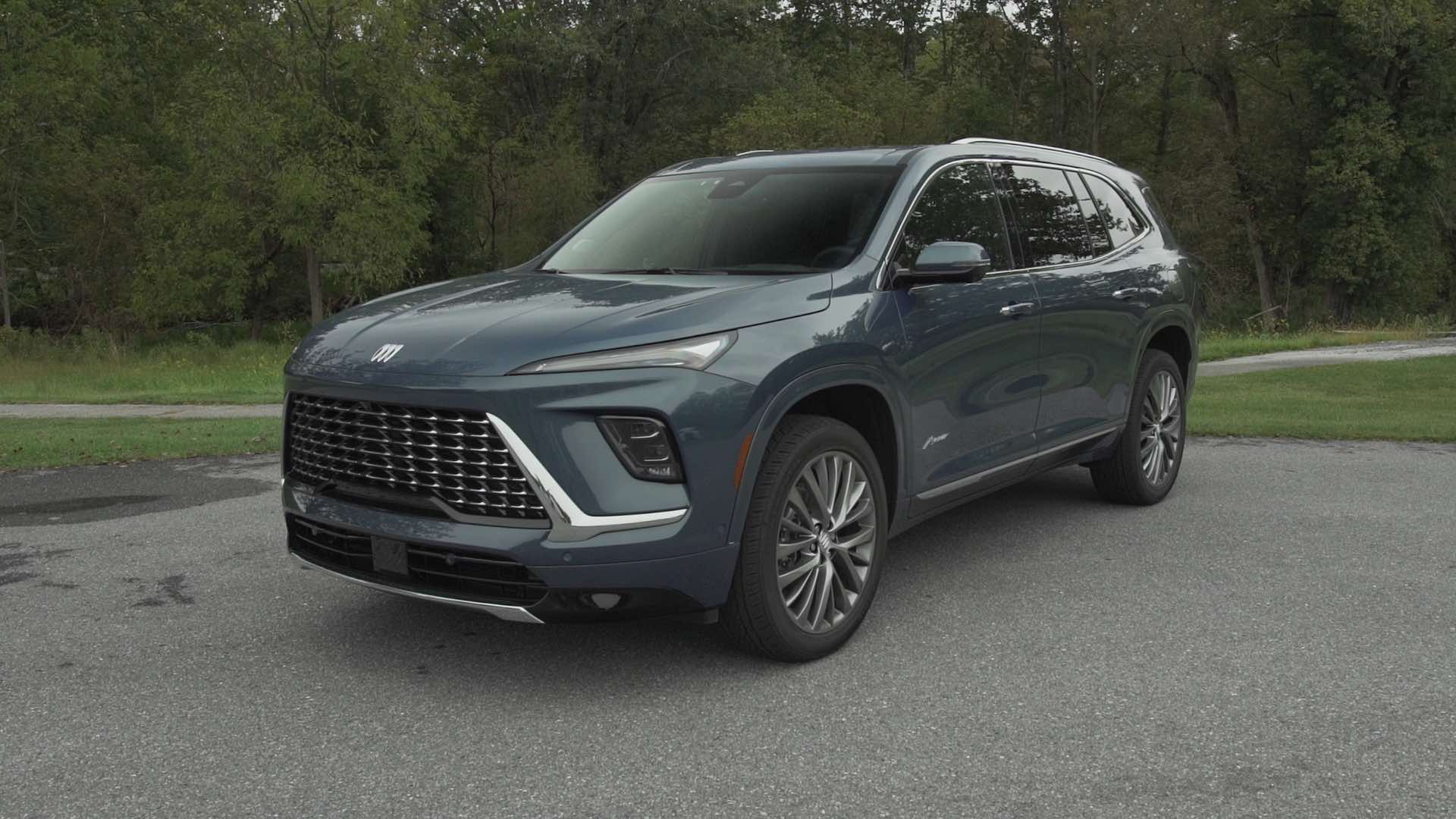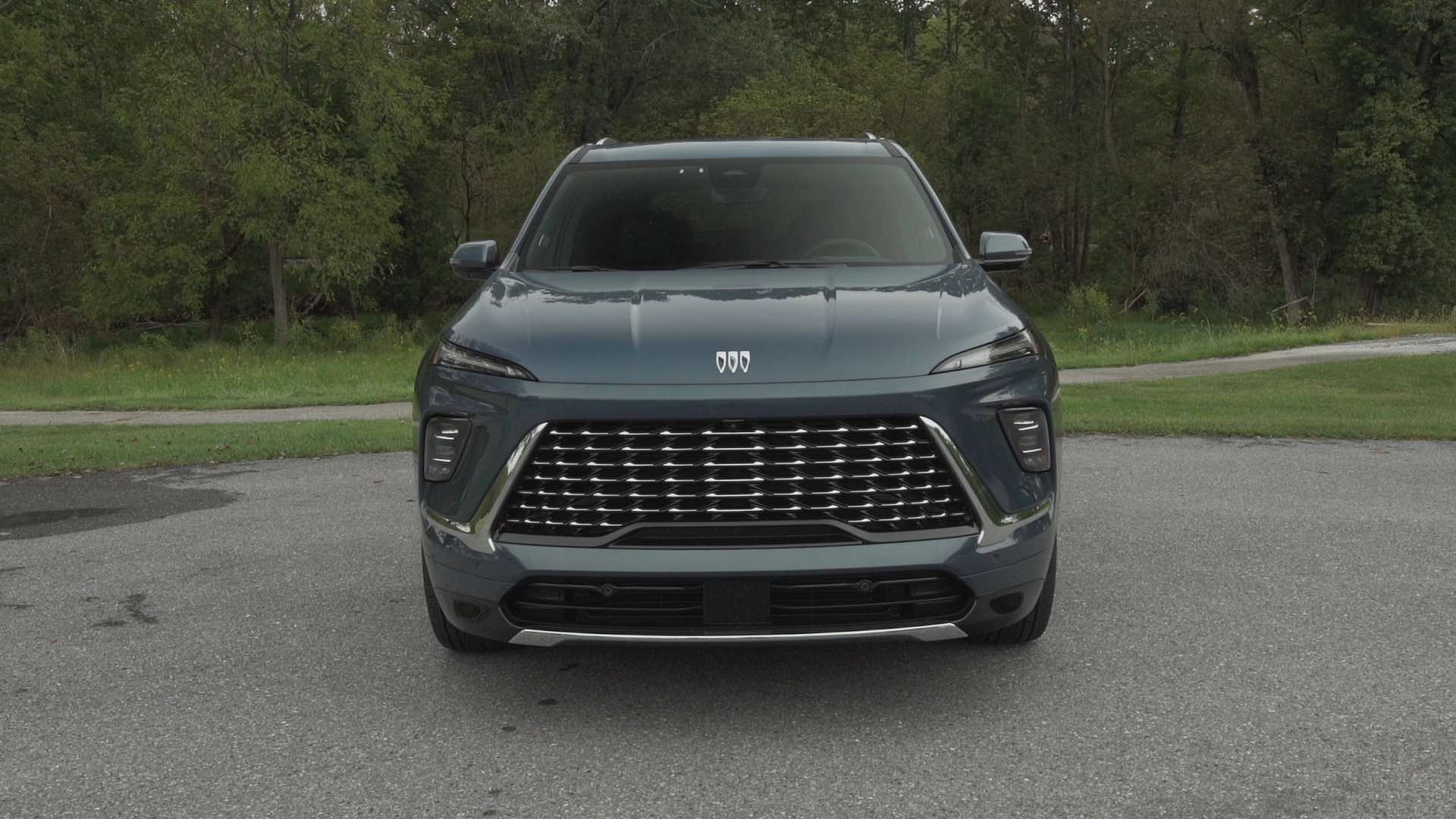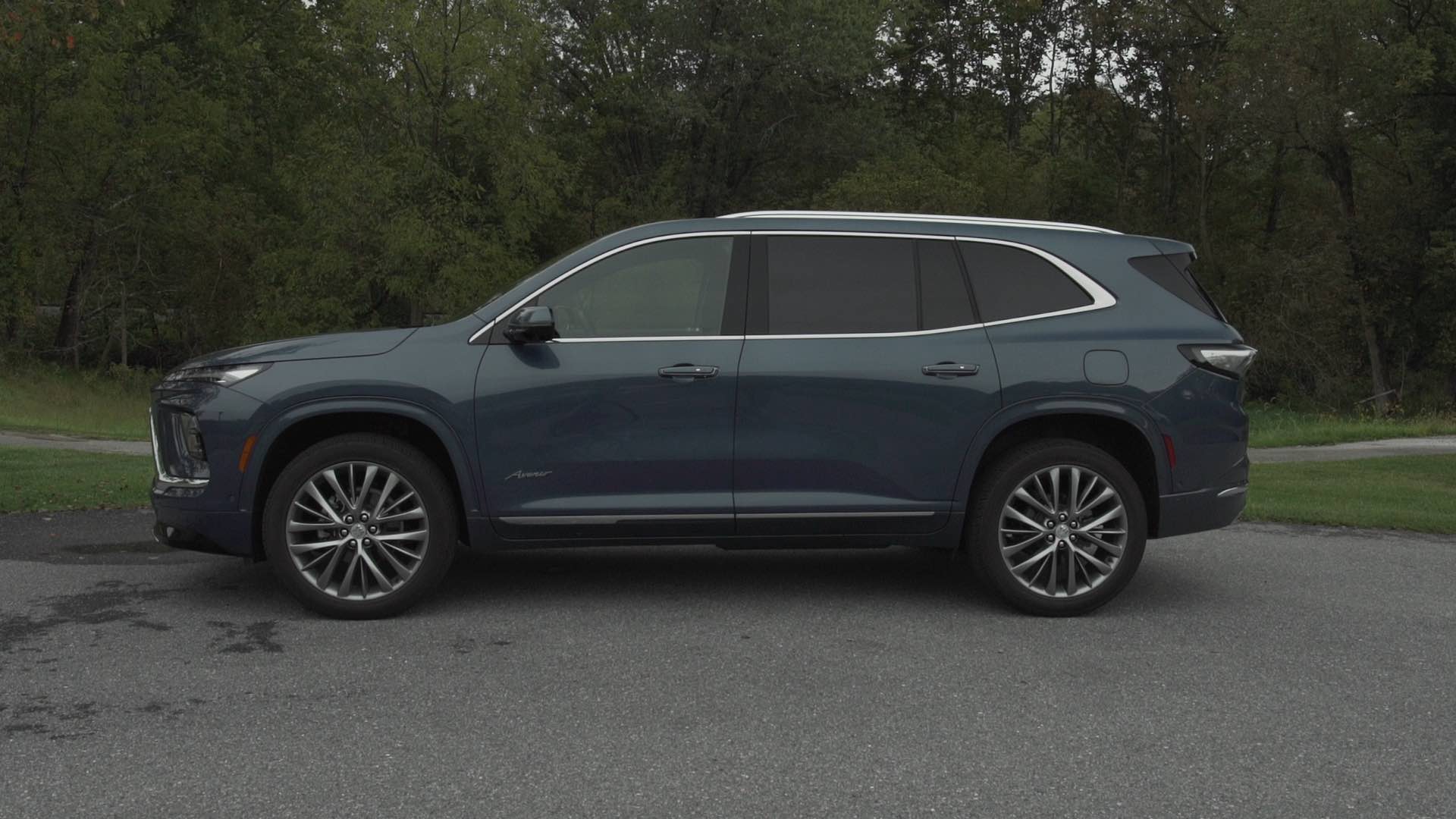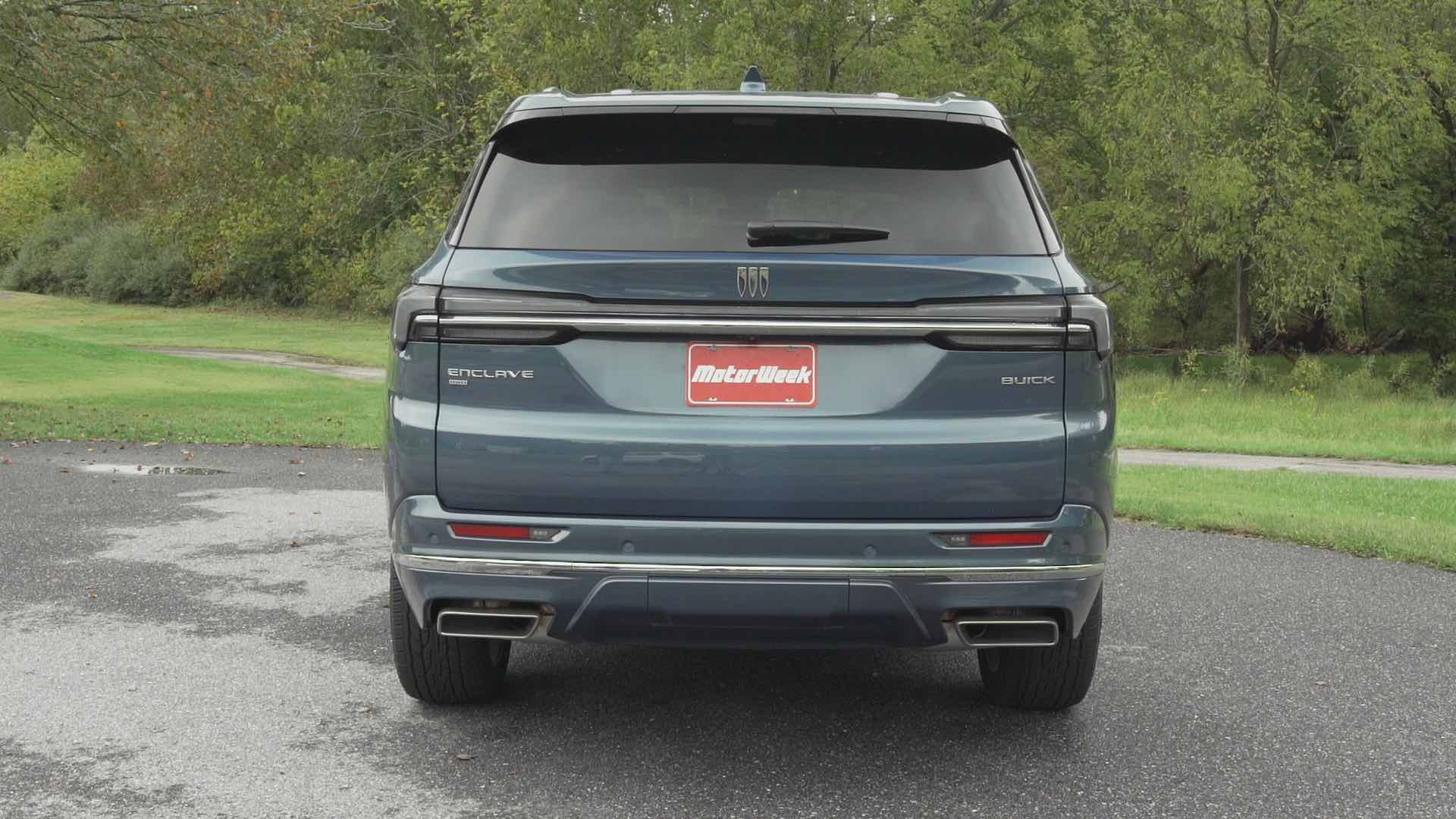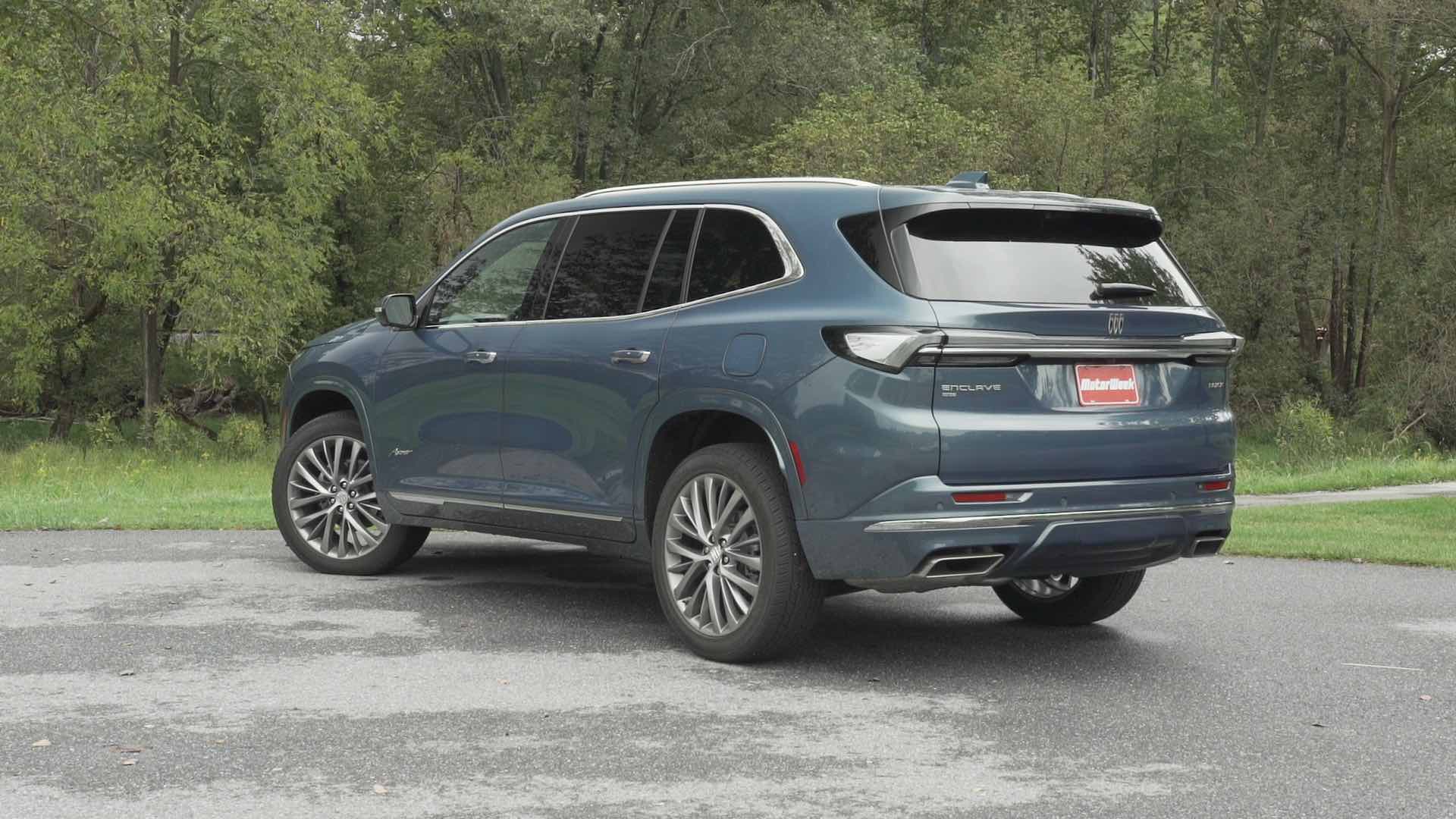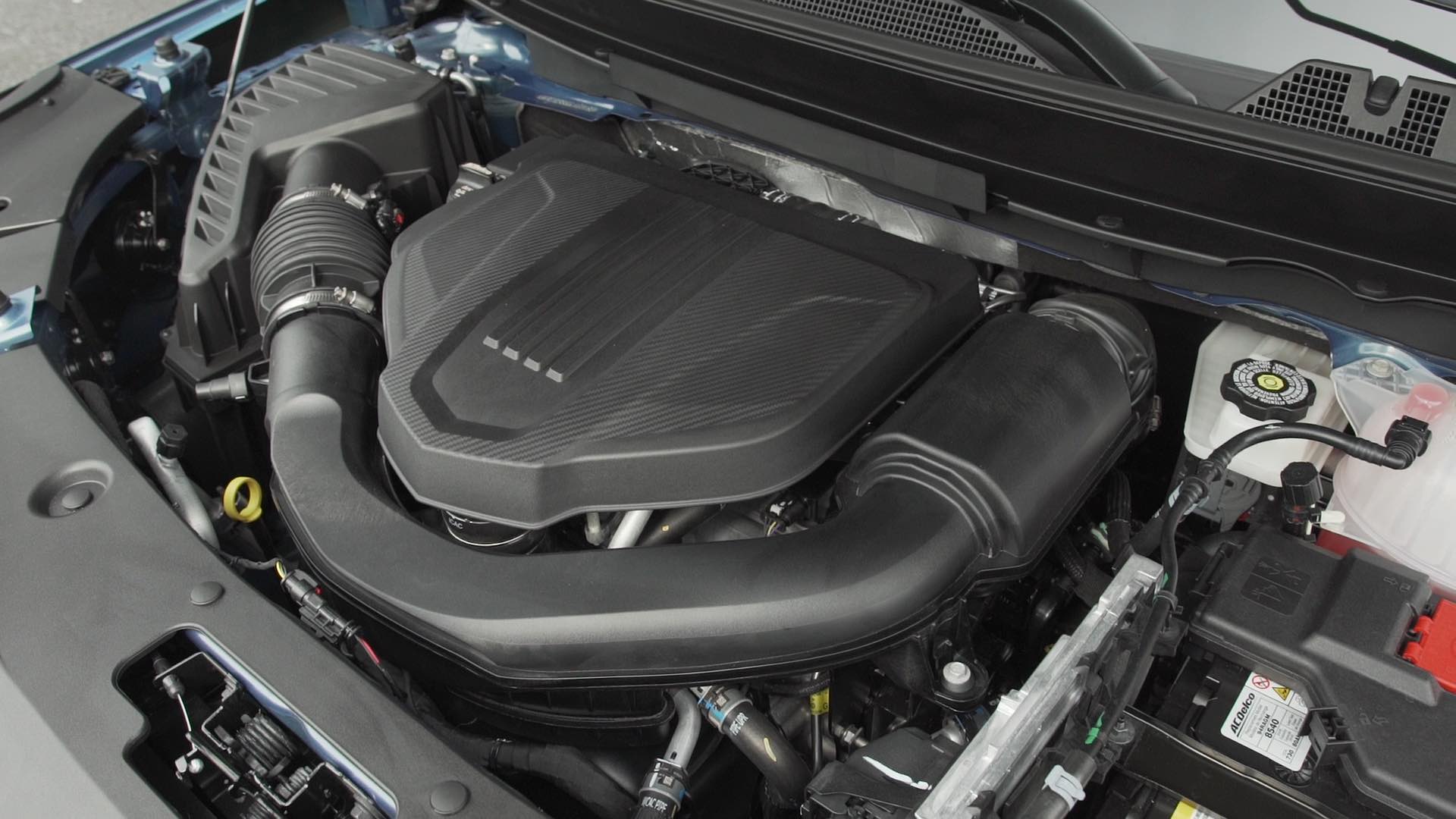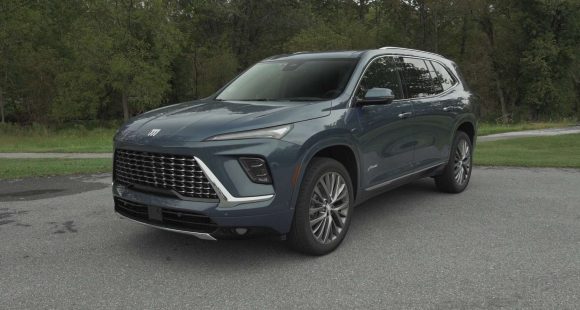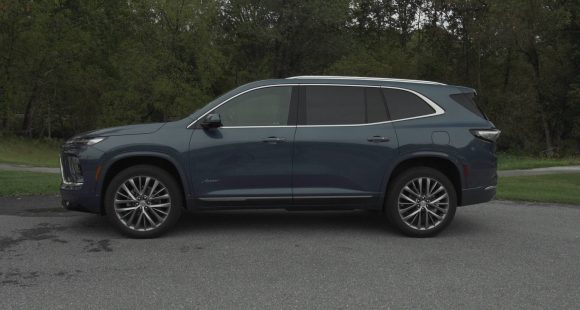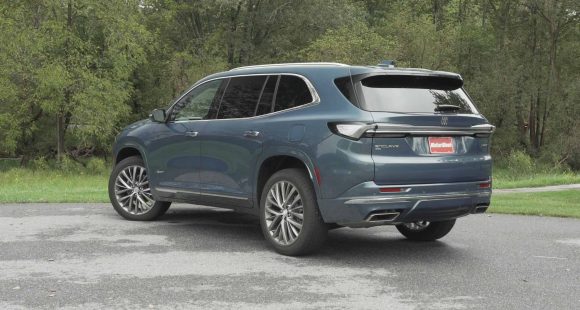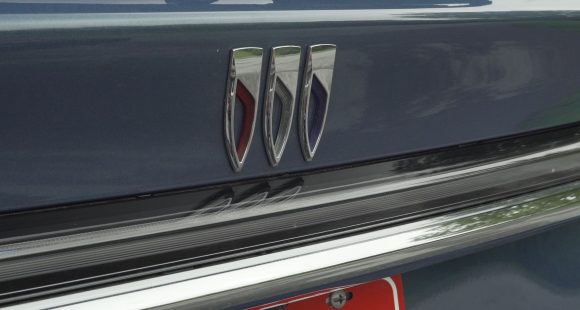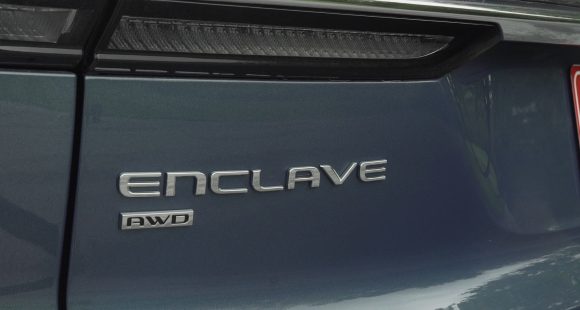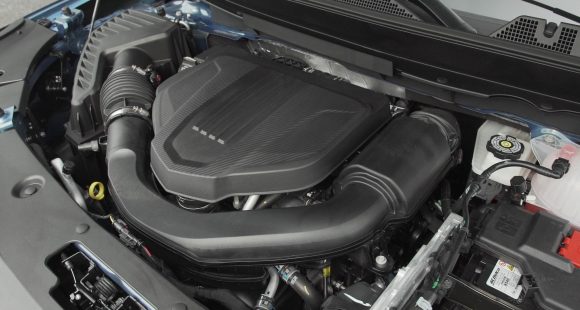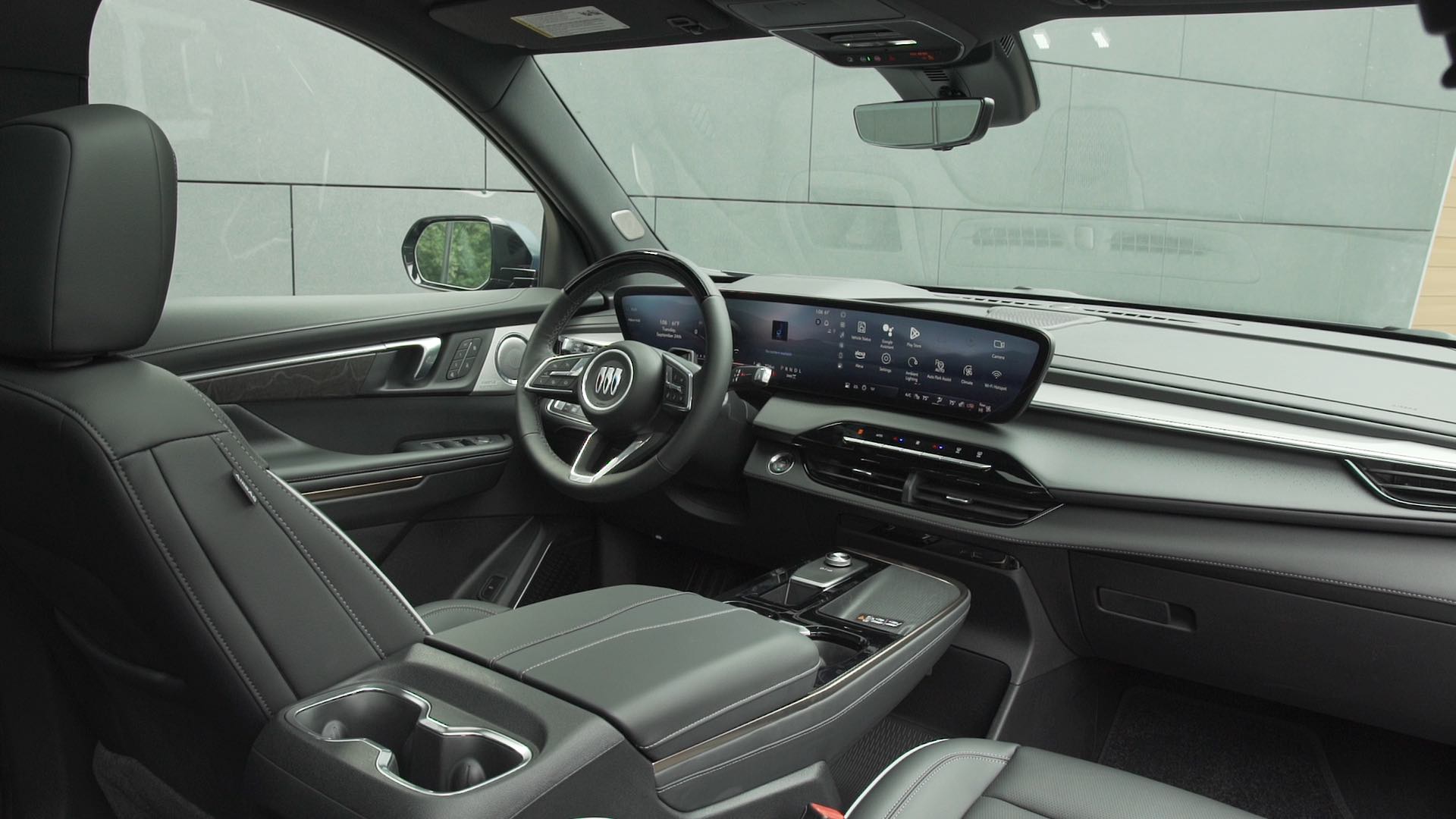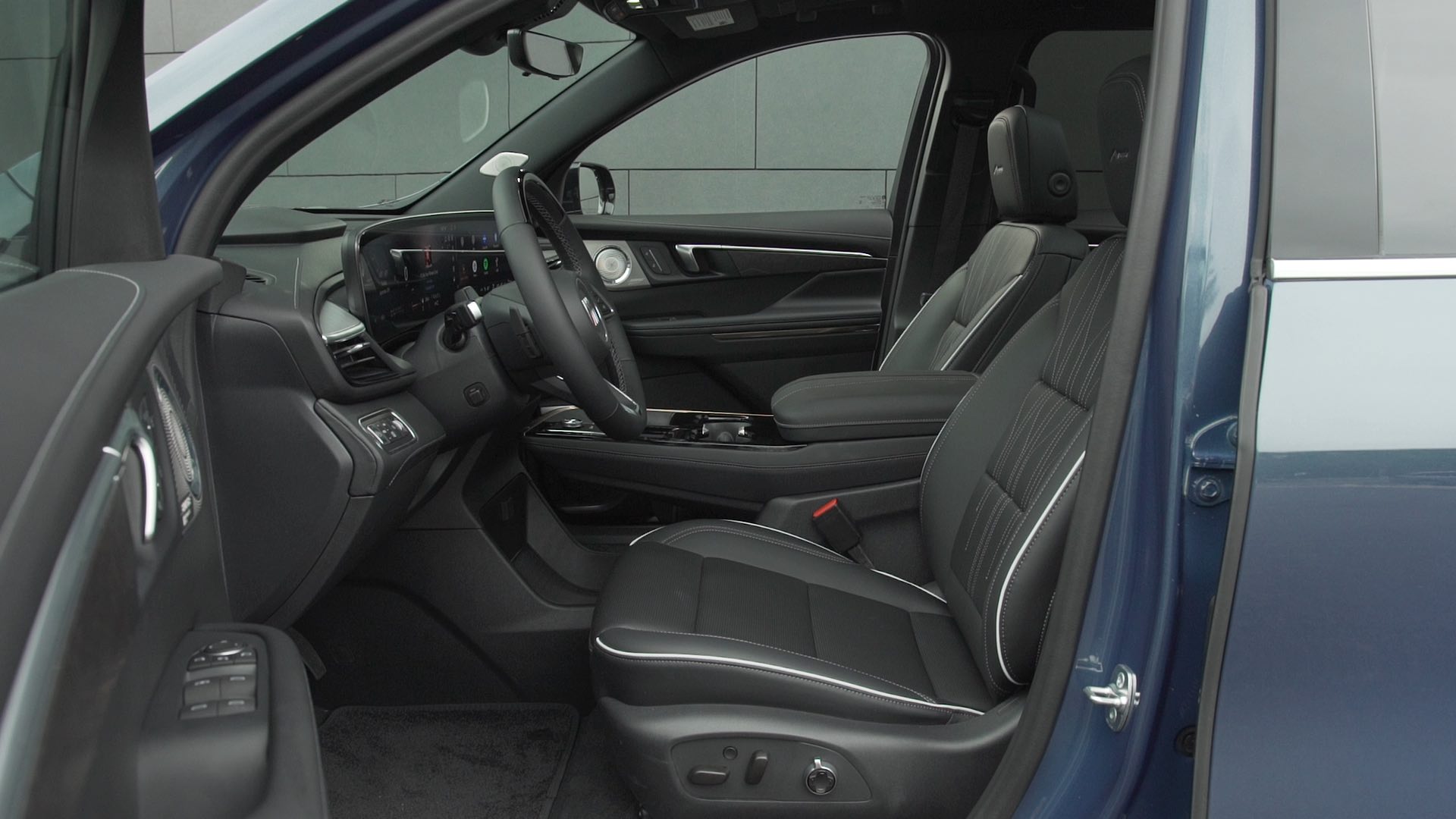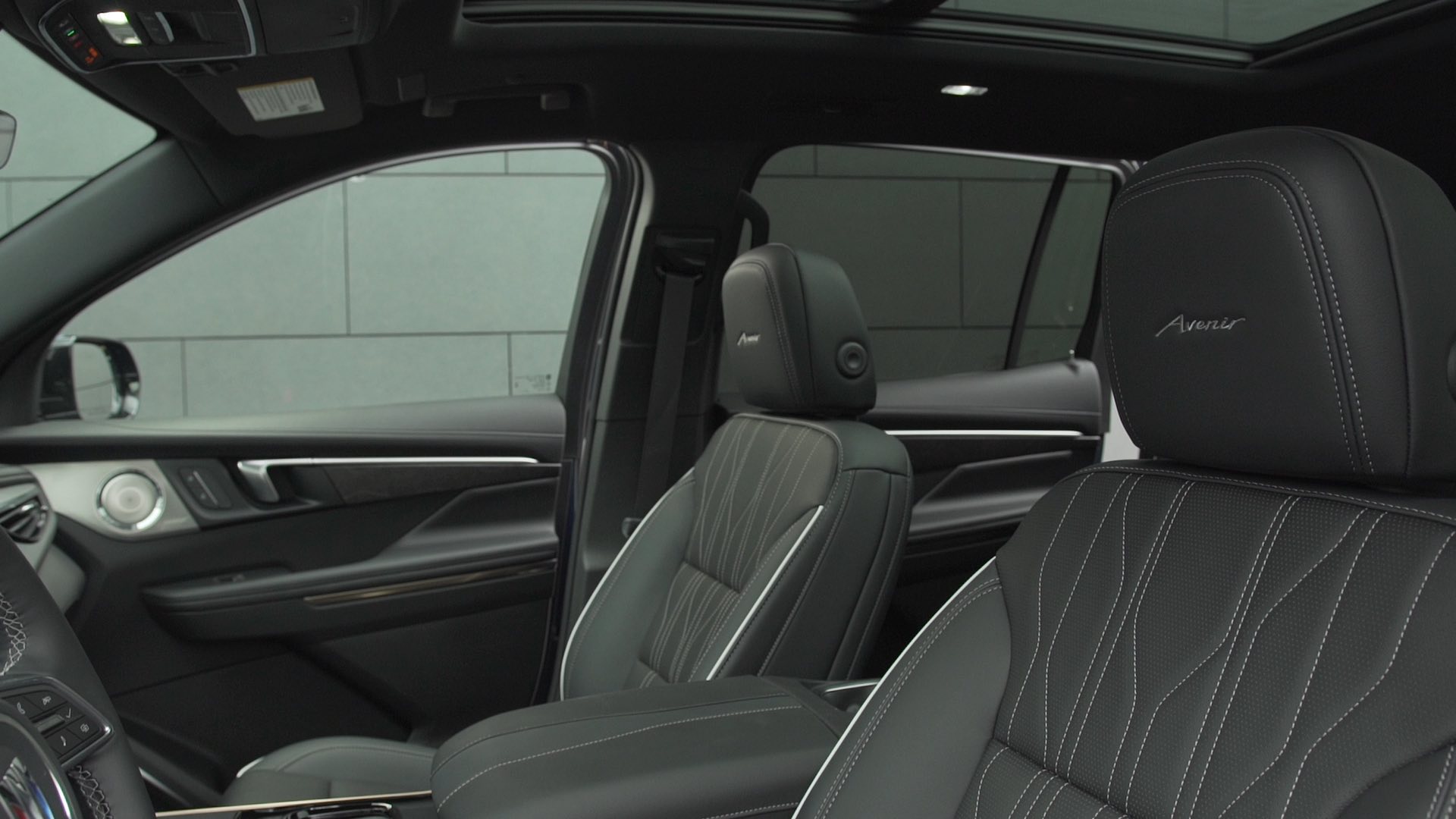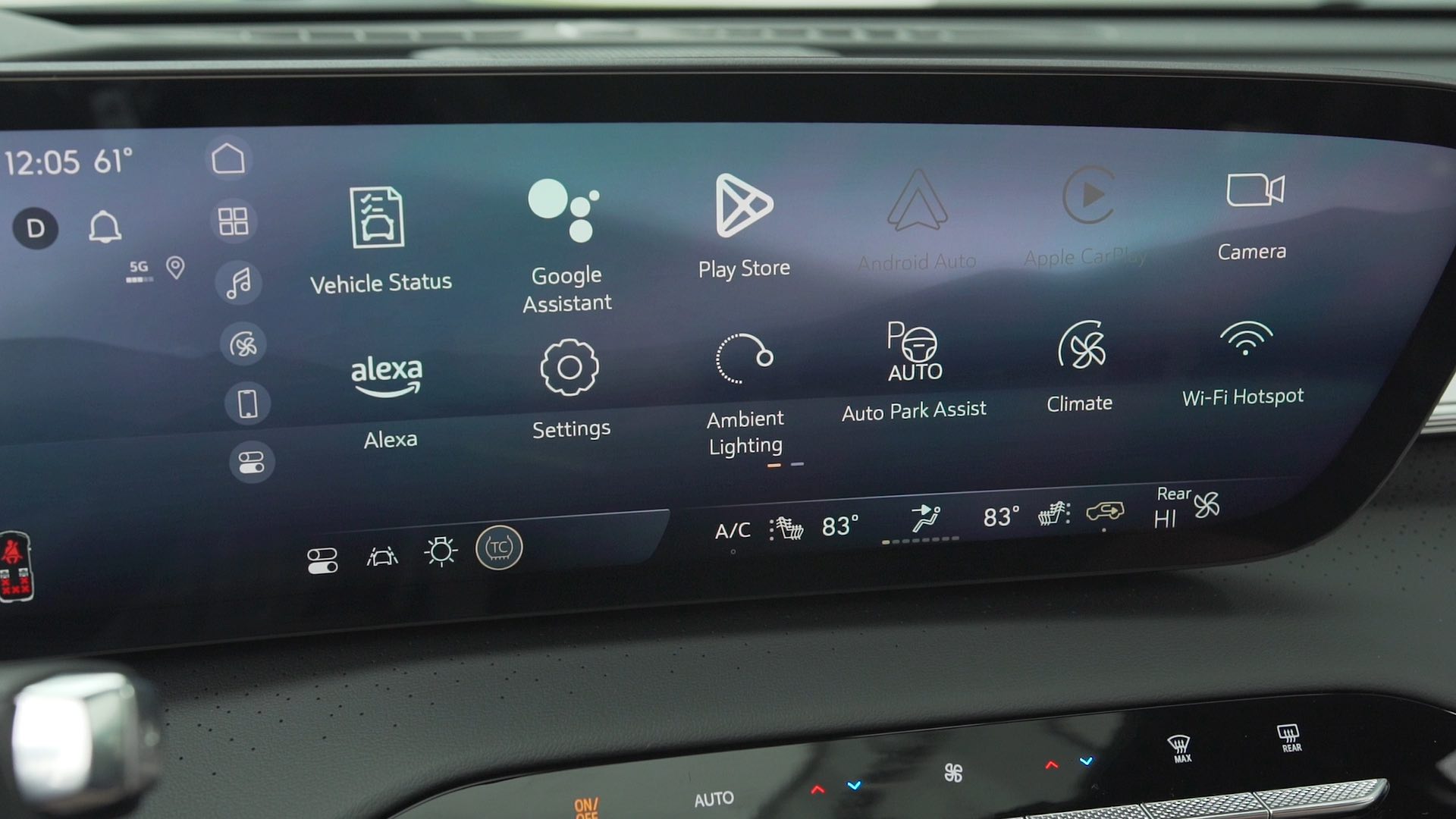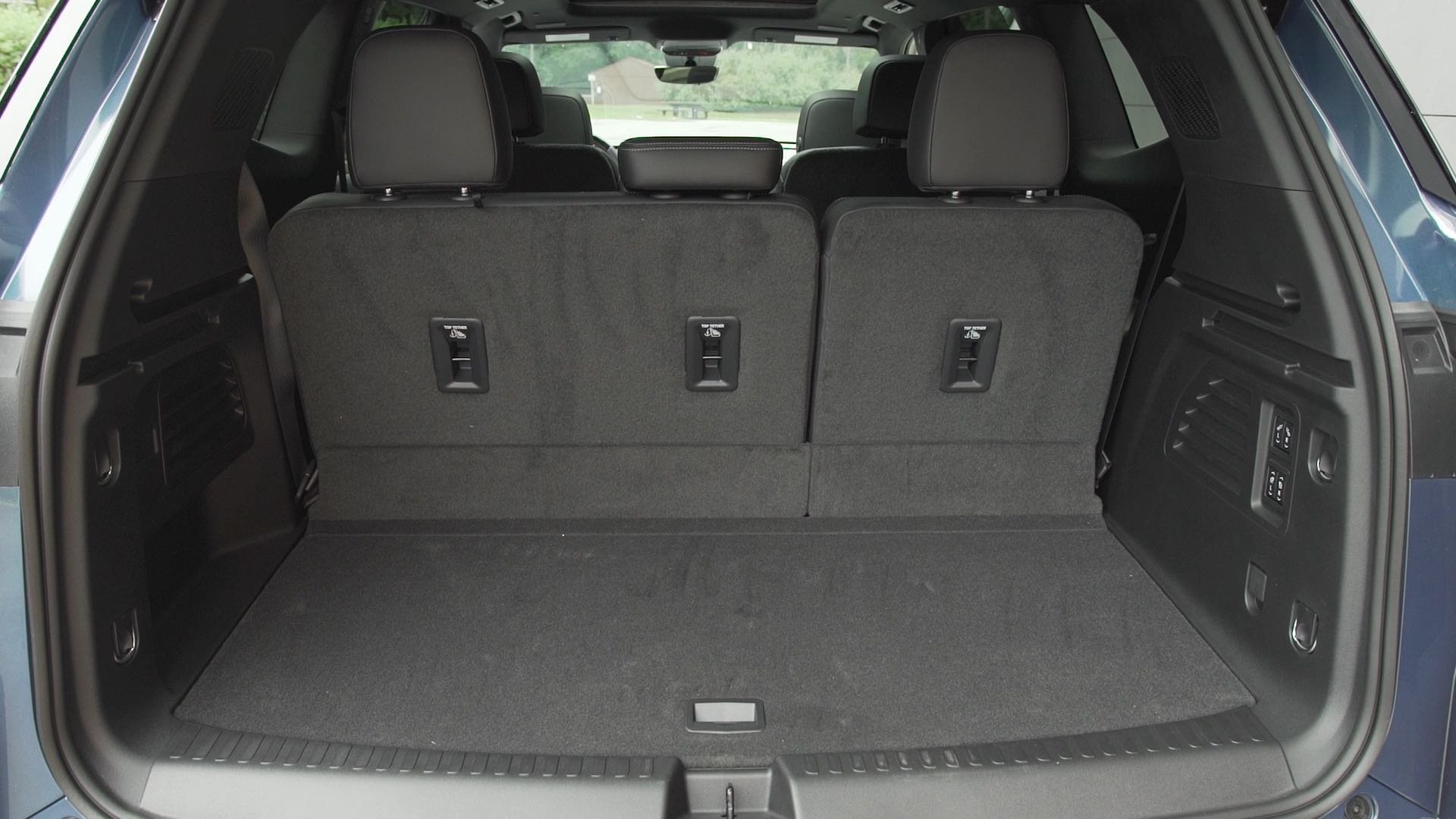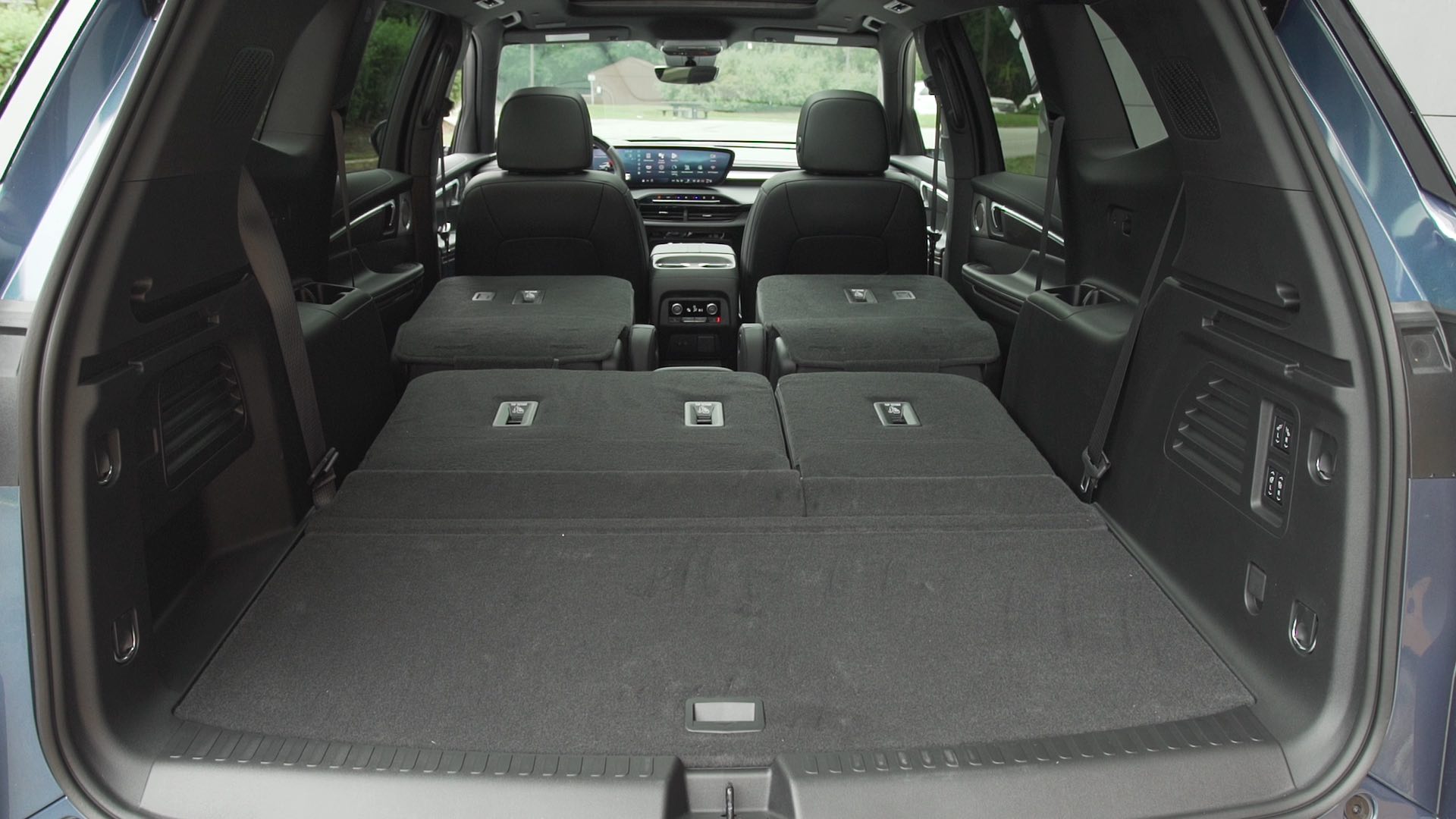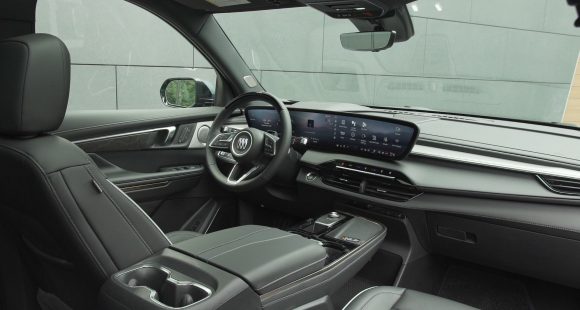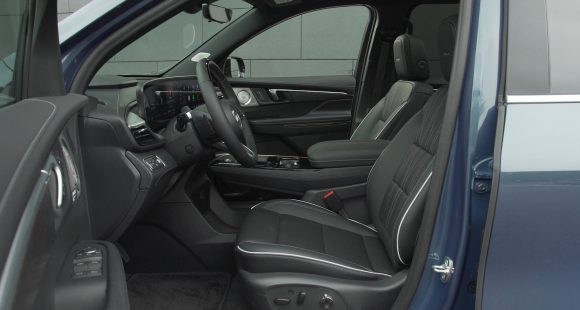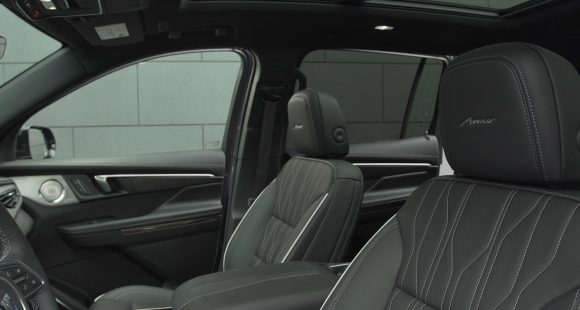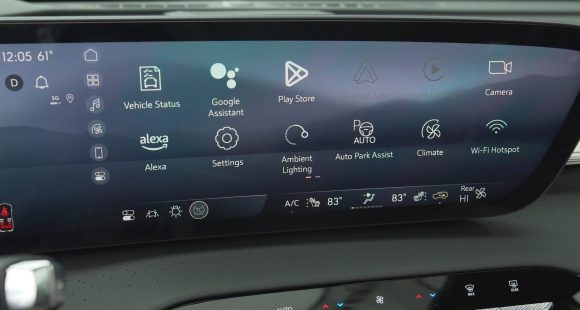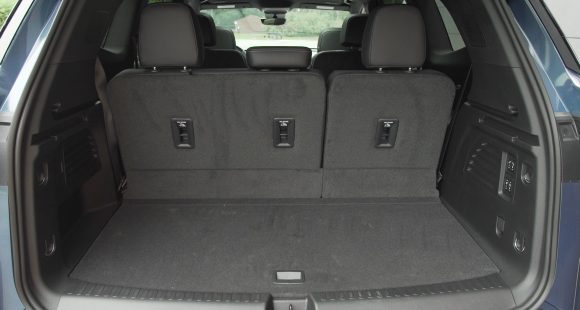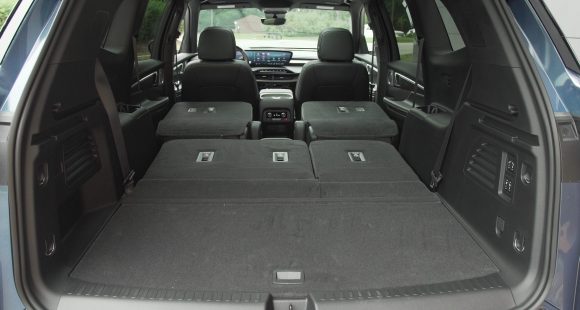2011 BMW 5-Series
With sporty moves and room for a family, BMW’s midsize 5-Series sports sedan has long been a segment benchmark and a MotorWeek favorite. But the all-new 2011 5-Series is something of a renaissance. While still packing a technology and powertrain wallop, it appears less aggressive and more executive. So let’s see if this really is progress.
Right off the mark, our visual take on the 6th generation 2011 BMW 5-Series is that it reminds us a lot more of the current flagship 7-Series than its direct predecessor. Yes, the twin kidney grille is naturally still there, but the previous 5’s Bangle-ized eyebrows are gone.
On the profile, the look is smoother but the character lines are more defined, all stretched over a 2-inch longer body, with a more telling, 3.2 inch longer wheelbase. The L-shaped LED taillights mimic the 7, while the rest of the toned down rear also looks more business than pleasure.
Top and bottom power are familiar. The 528i dons a three-liter straight six, rated at 240 horsepower, a bump up of 10. The 550i borrows the 7’s 4.4-liter twin-turbo 400 horsepower V8. Our 535i has the new powertrain, BMW’s latest 3-liter that trades two turbos for one twin-scroll unit. Output is unchanged, however, at 300 horsepower and 300 lb-ft of torque.
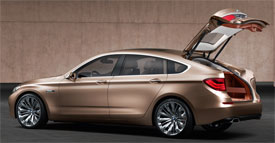 A proper 6-speed manual is still standard on the six-cylinders, while optional with a six and standard on the V8 is BMW’s new gas saving eight-speed automatic.
A proper 6-speed manual is still standard on the six-cylinders, while optional with a six and standard on the V8 is BMW’s new gas saving eight-speed automatic.
Indeed, lots of Efficient Dynamics technologies have found their way into the 2011 5-Series, including regenerative brakes, electric power steering, and engine accessories that only produce engine drag when in use. Later in the year, x-Drive all-wheel drive will become available across the 5-Series lineup.
It didn’t take more than a few minutes at the track, however, to reassure ourselves that this more sedate looking 5 hasn’t dialed back performance one bit. Quick shifting our 535i’s manual delivers 0 to 60 in an impressive, and quite quiet, six seconds flat. The quarter mile mark came up in 14.5 seconds at 98 miles per hour. Both numbers getting close to the 5-Series GT V8 we tested last spring.
Just as laudable was our average 60 to 0 stopping distance of a very short 116 feet. The pedal wasn’t the firmest, but feedback was good, and fade nonexistent, from the all-wheel vented disc brakes.
Still, our handling test would be the big hurdle, an area where the previous 5-Series was a champion. Turn-ins are still quick, even if the electric power steering is a little numb. More curb weight means slightly more body roll, even in stiffer sport mode, but there’ s still little lack of poise, thanks to a new multi-link front suspension. So, when all was said and done, we were very happy.
I didn’t want to like the new 2011 BMW 5-Series. It got bigger, more luxurious, and less like the cars that I’ve always loved. Or so I thought. Sitting behind the wheel, it does feel like a 7-Series, and out on the highway it’s so smooth and quiet. But on back roads when you turn that wheel, well, everything I’ve always loved about a BMW sports sedan is front and center. My conclusion the new 5-Series is a great car.
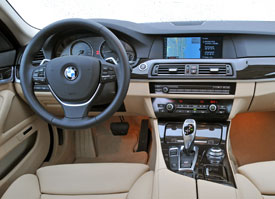 Inside, the new 5’s interior also takes on the 7’s more luxurious appeal. Our 535i came dressed to really impress with optional wood trim. BMW’s sensible, classy, horizontal architecture now has well-integrated 21st-century touches like adaptive cruise control and a lane departure warning system.
Inside, the new 5’s interior also takes on the 7’s more luxurious appeal. Our 535i came dressed to really impress with optional wood trim. BMW’s sensible, classy, horizontal architecture now has well-integrated 21st-century touches like adaptive cruise control and a lane departure warning system.
The fourth generation of iDrive appears either on a seven-inch screen recessed atop the now canted center stack, or with optional navigation on a larger 10.2-inch screen.
Rear seat knee room improves very slightly, while comfort is still above par for second-row passengers. 40/60 split-fold functionality is optional, as is a center pass-through.
In Government Fuel Economy Ratings, our manual 535i is rated at a decently frugal 19 miles per gallon city/28 highway. We managed an average of 22.3 miles per gallon on premium gas. On sale now, the 528i starts at $45,425. Our 535i begins at $50,475, and the 550i has a base sticker of $60,575.
With equal parts thrill and finesse, BMW has clearly taken the right path with this thoroughly modern car. Moreover, the 2011 BMW 5-Series remains one slick-shifting, fine-driving, midsize German sports sedan icon.
Specifications
- Engine: 3-Liter Turbo
- Horsepower: 300
- Torque: 300 Lb Feet
- 0-60 MPH: 6.0 Seconds
- 1/4 Mile: 14.5 Seconds @ 98 MPH
- 60-0 MPH: 116 Feet
- EPA: 19 MPG City/ 28 MPG Highway
- Mixed Loop: 22.3 MPG
2025 Buick Enclave
Buick’s Biggest Utility Gets More Premium Look, Less Premium Powertrain
Buick is now an all SUV brand with the three-row Enclave sitting at the top of their lineup. And for this all-new third generation, it looks like Buick has finally given it the true flagship treatment it deserves. Reason enough for us to see what else new this posh performer has in store.
Don’t think of this 2025 Buick Enclave as just a new third generation of Buick’s largest three-row SUV, but more of a total reboot for a luxury segment pioneer. Part of that reinvention is swapping out the 3.6-liter naturally aspirated V6 engine, that has been the heart of this large crossover since it arrived on the scene for 2008, for a new 2.5-liter turbocharged four-cylinder.
Though using two fewer cylinders, it rates 18 more horsepower at 328. The gain in torque is even greater, climbing from 266 to 326 lb-ft.
Power from a start and when tooling around town feels pretty good, but you do notice that engine working hard under the hood; there is more engine noise and it’s not as smooth as many competitors who have also made the switch to turbo-four power. Max towing rating remains at 5,000 lbs. The new standard automatic transmission loses a gear, dropping from nine to eight, a simplifying move we applaud. All-wheel drive is a $2,000 option with all trims.
The Enclave rides on the same front-wheel-drive based chassis that supports the Chevrolet Traverse and GMC Acadia. It remains the most luxurious of the three, though all have made big upward strides. And that luxurious feel is very evident inside where things appear special without flaunting it. Materials are vastly improved over the last gen, especially in top Avenir trim which is the choice for most Enclave buyers.
Front seats are very comfy, well suited for long days of highway travel. It’s hard to miss the 30-inch ultra-wide display, similar to Cadillac’s. It is big, but not intimidating as operation is very logical and you can easily configure things as you want them, including bringing the nav screen up full in front of the driver.
Front seats are very comfy, well suited for long days of highway travel.
Between the seats is a very substantial console with lots of storage space and standard wireless phone charging. There is definitely room for full-size adults in all three rows of seating. Big, plush captain’s chairs with all trims for the second row; and a less plush but still comfortable three-place third row.
GM’s Super Cruise has now made it to Buick’s lineup, available as a standalone package for any trim. It remains a favorite of ours for hands-off highway cruising. Despite feeling adequately powered on the street, the Enclave’s turbo-four felt a little out of its element at our Mason Dixon Dragway test track. There was very little jump off the line, just a slow wind up to 60 of 8.0 seconds, with the quarter-mile completed in 16.0 seconds flat at 92 mph.
We could really feel the Enclave’s weight in our handling course, about 150-lbs. over last year, even with less motor under the hood. But there was very little body roll, and no excessive oversteer or understeer. In panic braking runs, there was good feel through the pedal, and solid stops from 60 averaging a fine 111 feet.
To all of our eyes, the Enclave is bigger yet much better looking than before. Now more sophisticated using Buick’s PURE philosophy which emphasizes Purity in design, Unexpected details, Refined finishes, and Exceptional execution.
With all-wheel drive, Government Fuel Economy Ratings are 19 City, 24 Highway, and 21 Combined; we managed a great 24.9 mpg of Regular. That’s a slightly below average Energy Impact Score, consuming 14.2 barrels of oil yearly, with 7.0 tons of CO2 emissions.
No more Essence or Premium Enclaves, as the new gen brings new trim names along with it; the base option now being Preferred which starts at $46,395, and unless you choose white, you’ll be paying extra for all exterior colors. Just a short step from there to the Sport Touring for $48,795, and then a much bigger bounce up to Avenir at $59,395.
With so many big utes now aimed at luxury and near luxury buyers, it’s getting harder and harder for Buick to stand out. Being an all-utility brand, with one of the freshest lineups in the industry, will no doubt help. The 2025 Buick Enclave is a very stylish, well-equipped, well executed large three-row crossover that’s priced right.
Specifications
As Tested
- Engine: 2.5-liter turbo-4
- Transmission: 8-speed automatic
- Horsepower: 328
- Torque: 326 lb-ft.
- EPA: 19 City | 24 Highway | 21 Combined
- 0-60 mph: 8.0 seconds
- 1/4 Mile: 16.0 seconds at 92 mph
- Braking, 60-0 (avg.): 111 feet
- MW Fuel Economy: 24.9 mpg (Regular)







